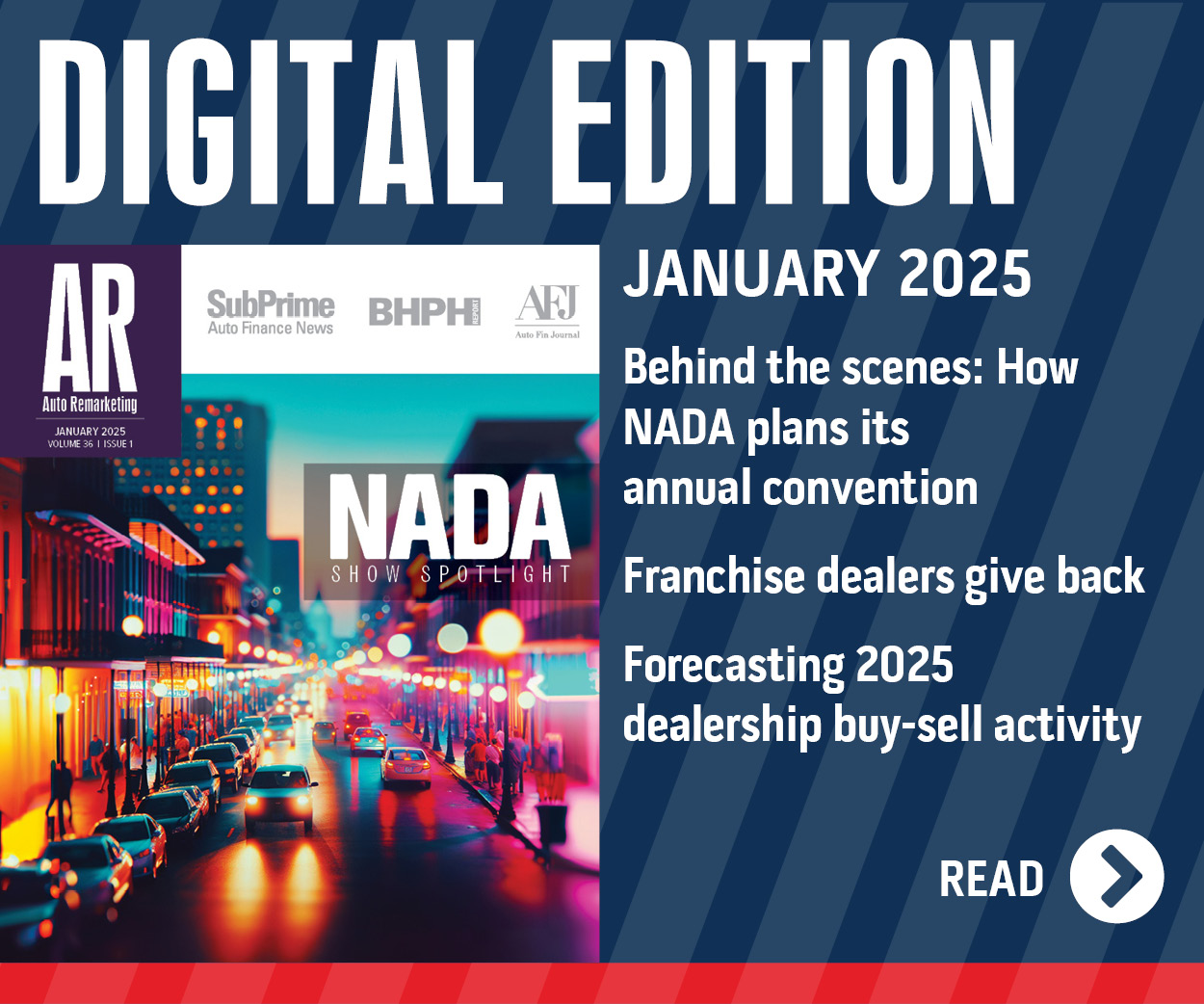Honda CEO Speaks Out about Future Product Offerings
TOKYO — In assessing the company's global strategy moving forward on Tuesday, one point that Honda Motor Co.'s president and chief executive officer hammered home was that the automaker is enhancing the environmental technologies offered in its vehicles. And this approach certainly looks like it will make an impact on Honda's lineup in the U.S.
Specifically, Honda is currently building a plug-in hybrid systems designed for midsize to larger units, and is slated to roll these out in the U.S. in 2012. Moreover, the automaker plans to bring a battery-electric commuter vehicle here two years from now, as well.
Also impacting the U.S. market will be the all-new Honda Civic — slated to be launched next year . It will feature the automaker's first hybrid application of a lithium-ion battery.
This covered just a portion of the many areas of Takanobu Ito's speech that addressed the direction Honda plans to take.
Ito, who took the reigns as president and CEO last June, said the time has come for Honda to develop and carry out its plans for growth, he said.
"In the past several years, consumer preference has quickly shifted toward smaller-sized vehicles in every automobile market around the world due to increasing environmental awareness on a global basis, as well as the structural changes that happened to the global economy," Ito said regarding the automaker's overall global plan. "Honda must quickly respond to such changes in the times to achieve further growth and expansion in the future."
He continued: "Our highest management priority is to establish a corporate structure that ensures a profit while we develop and commercialize advanced environmental technologies, strengthen our business in emerging markets and take prompt action to respond to the market shift toward small-sized vehicles.
"Especially, as we are in the midst of a difficult business environment, nothing is more important than going back to Honda's basic principle; that is, to see things from the customer's viewpoint, and continue offering products that please our customers," Ito added.
With these things in mind, Ito noted, Honda cemented its course for the next decade. Ito said the "most important" ideal is providing affordable, eco-friendly products to consumers in a timely fashion.
"What I think is most important and the message I conveyed strongly to all Honda associates was 'to provide good products to our customers with speed, affordability and low CO2 emissions,'" he noted.
"By 'good products' we mean to embody customers' wants and needs in attractive products using Honda's unique technologies, knowledge and ingenuity," Ito continued. "Such good products must be delivered with speed without making our customers wait, and at affordable prices which make our customers happy with their purchase. This is the direction Honda will take."
He added: "'With low CO2 emissions' represents our conviction based on the strong sense of crisis that, as a manufacturer of personal mobility, Honda will have no future unless we achieve a significant reduction of CO2 emissions."
So to achieve these ends, the "concrete measures" Honda plans to take revolve around three things:
1. Advancement of environmental technologies.
2. Strengthening of the manufacturing system and capability.
3. Strengthening of business operations in emerging nations.
Looking at other avenues in which Honda's growth plans directly implicate the U.S. market is through testing of some of these fuel-efficient technologies, which is scheduled to begin sometime in 2010 and run through next year.
Honda will work with such parties as Stanford University, Google and the City of Torrance, Calif., to test these fuel innovations like battery-electric vehicles and plug-in hybrids. The tests will be part of the Advanced Technology Demonstration Program and will be conducted separately.
The City of Torrance is slated to be first on the docket. As such, a plug-in hybrid electric will be given to the city to test before the year closes.

 View The Latest Edition
View The Latest Edition

